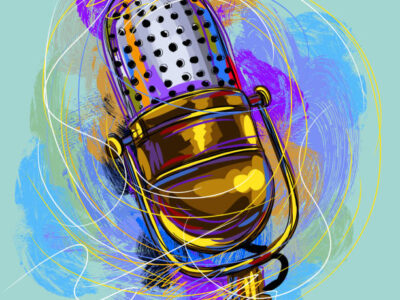Technology is everywhere and the use of it is more prevalent than ever. With the majority of Americans carrying a smart phone in their pockets at all times, it’s no wonder that we have seen a huge spike in social media use. Video streaming, pictures of adorable cats, and the technologies aide in making lifeb easier; but could that innocent ping on your phone telling you that “so-and-so” just posted a new status actually be causing an addiction inside our brains?
Over-use vs. addiction
According to a 2017 U.K. study, 34% of people have checked their Facebook in the last ten minutes. So, when does over-use become addiction? Well, the answer isn’t as clear as you may think. There are few social media stars, and “influencers” who don’t have an addiction to their phones, addiction comes into play depending on how one’s day-to-day life is affected by a device or substance.
Is Tech a Legitimate Addiction?
There is a large debate on the use of the word “addiction” verses something like an impulse control problem. Technology use becomes a problem when it meets two main qualifications: 1) If someone starts to experience functional impairments, such as taking time away from work, family, or social life, and 2) If they continue to use despite negative side-effects such as sleep disruption, warnings from his/her boss, or failing to pick up ones kids from school.
So, how can you tell the difference between someone who enjoys tech, and someone who is dealing with a serious addiction? A state-certified prevention specialist at the Hazelden Betty Ford Foundation in Saint Paul, Minnesota, had this to say,
“The signs of technology addiction mimic that of an alcoholic”
– Jessica Wong, Hazelden Betty Ford Foundation
People with a tech addiction find creative ways to conceal their use… they hide online shopping or social media use, for example they will sit in the car on their device before they walk in the door, [or] they need to immediately respond to any text alert.
Limiting Your Tech
So how do we limit ourselves from technology in a world where it is literally all around us? Tristan Harris, previously, Google’s design ethicist, and now, runner of a non-profit called Time Well Spent, has these tips for us. First, he says to turn off notifications, except for ones that are for real humans trying to contact you. This keeps one from checking their phone every four minutes to check a status update.
Second, “grayscale” your screen. Harris says the easiest way to attract human’s attention is through color. This is why so many apps have redesigned their icons to be bright, bold, and warm. The effect is that it is easy to be drawn in by that red notification bubble. If you set your screen to grayscale, it’s less easy to be enticed by those colors, and just focus on what’s actually important.
Third, Harris says to restrict your phone’s home screen to everyday tools. He says to make sure the main screen on your phone is for essentials like email, calendar, and things that actually help your life, not apps that you can get sucked into for hours.
Lastly, there’s ironically an app for that. App developers have created screen time limiting apps. some of these apps include Flipd, Unglue or AppDetox. They are designed to give a reminder of how long you have been on. They even have the ability to restrict you from phone use after a set amount of time. Technology is unavoidable, we know that, however it can either make our lives easier or hinder us and detach us from the world around us.


